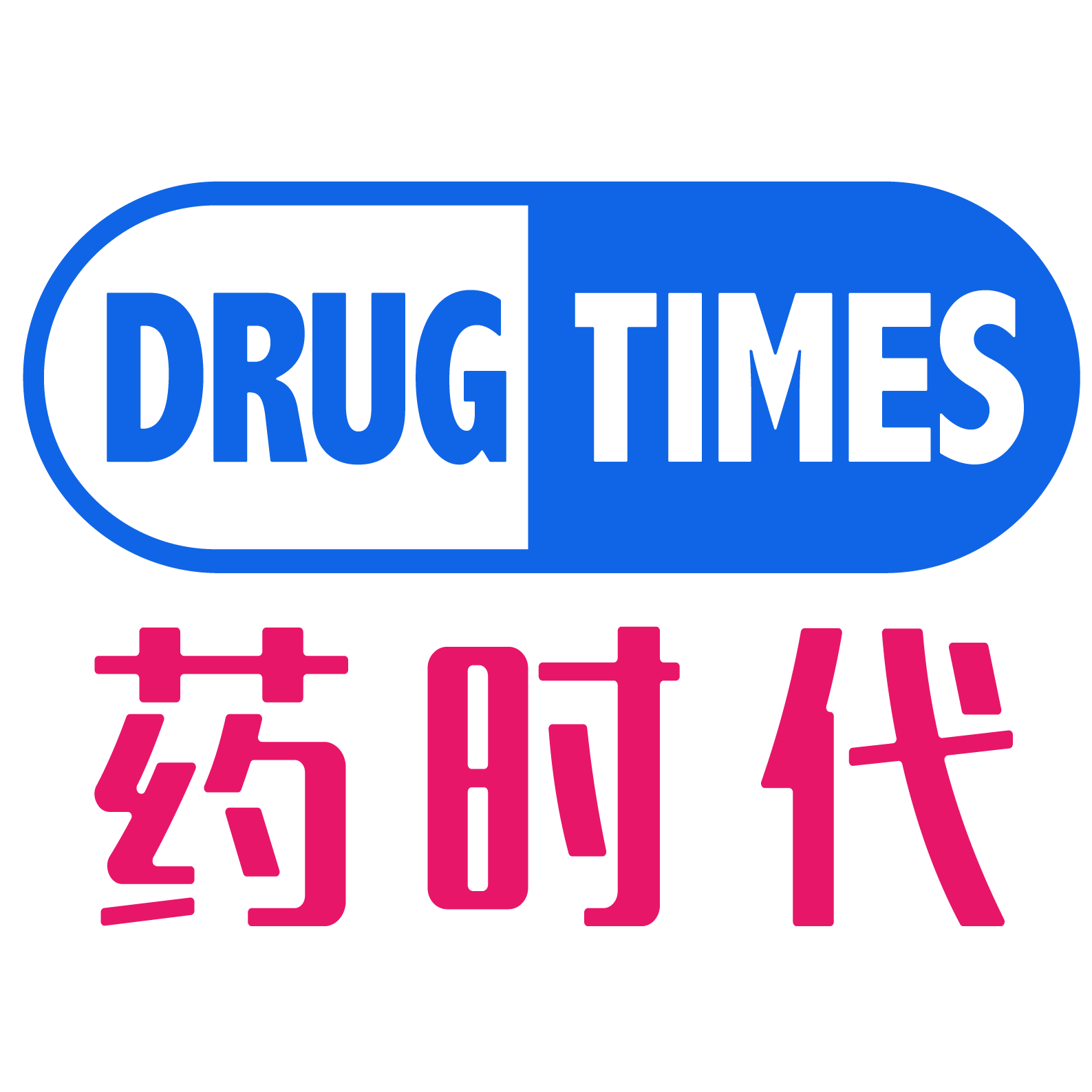
Geographic Atrophy (GA), a late-stage form of age-related macular degeneration (AMD), has become the leading cause of irreversible vision loss in developed countries. The progressive nature of GA leads to severe impairment of central vision, significantly affecting patients’ quality of life.
Currently, the global GA patient population has exceeded 5 million, with the U.S. accounting for 1.5 million cases (30% of the worldwide total). As the aging population grows, the prevalence of GA is expected to rise steadily. Market analysis predicts an annual compound growth rate (CAGR) of 4-6% for GA patients over the next five years, driving substantial expansion in treatment demand.
The complement system plays a pivotal role in GA pathogenesis. Studies indicate that dysregulated complement proteins, age-related upregulation of complement genes, deposition of membrane attack complex (MAC) in the retina, and the accumulation of local inflammatory cytokines and chemokines collectively contribute to excessive complement activation. Notably, abnormal activation of the alternative pathway (AP) is particularly critical—CFH factor deficiency leading to sustained AP activation has been directly linked to drusen formation and GA progression.
Importantly, C3, as the central hub of the complement cascade, serves as the convergence point for the classical, lectin, and alternative pathways. Thus, targeting C3 can comprehensively block downstream complement signaling, providing a strong rationale for GA treatment.
In February 2023, Pegcetacoplan, a C3 complement inhibitor developed by Sobi and Apellis, received FDA approval for GA treatment. As the first breakthrough therapy in the GA field, it has significantly addressed the urgent unmet clinical needs of GA patients.
Currently, the PharmaTimes BD team is seeking overseas partnership opportunities for a C3-targeting nanobody. Project details are as follows:
- Project Code: DT-20250512-047
- Project Name: A Potent Anti-C3 Nanobody Indicated for Geographic Atrophy (GA)
- Indications: GA
- Potential Indications: Paroxysmal nocturnal hemoglobinuria (PNH), Atypical hemolytic uremic syndrome (Ahus), Generalized myasthenia gravis (GMG), Neuromyelitis optic spectrum disorder (NMOSD),Immune-Complex–Mediated Membranoproliferative Glomerulonephritis(IC-MPGN) & Complement 3 Glomerulopathy(C3G), Diabetic nephropathy, Systemic lupus erythematosus (SLE).
- Drug Type: Nanobody
- Target: C3
- Development Stage: Pre-clinical
- Key Highlights:
-
- Exhibits stronger inhibitory efficacy against the alternative pathway compared to currently approved GA therapies.
- Does not fully suppress the classical pathway, suggesting a superior safety profile.
- Demonstrates promising C3 complement inhibition potential in Cynomolgus monkey trials.
Contact us:
For any questions, please contact DrugTimes BD Team at BD@drugtimes.cn, please include Project ID in the subject. Many thanks!
发布者:sima,转载请首先联系contact@drugtimes.cn获得授权

 为好文打赏 支持药时代 共创新未来!
为好文打赏 支持药时代 共创新未来! 